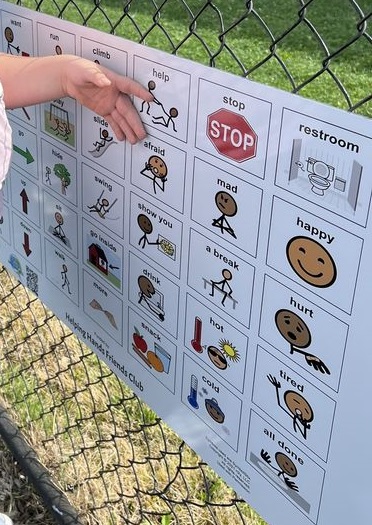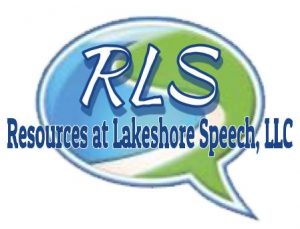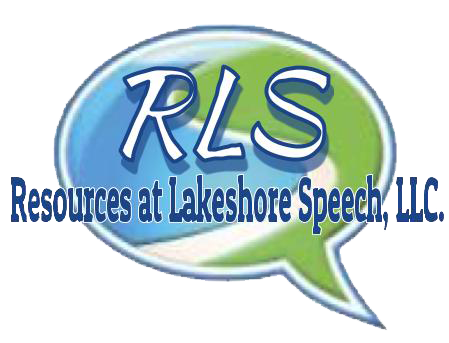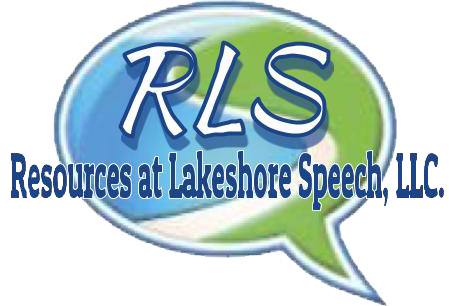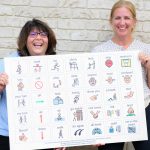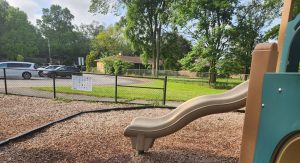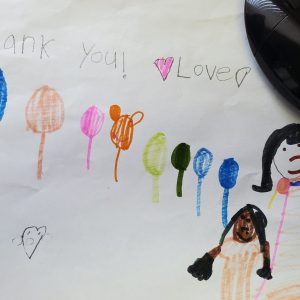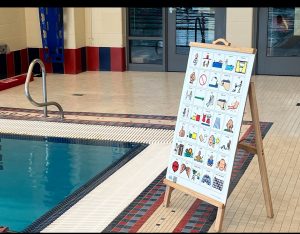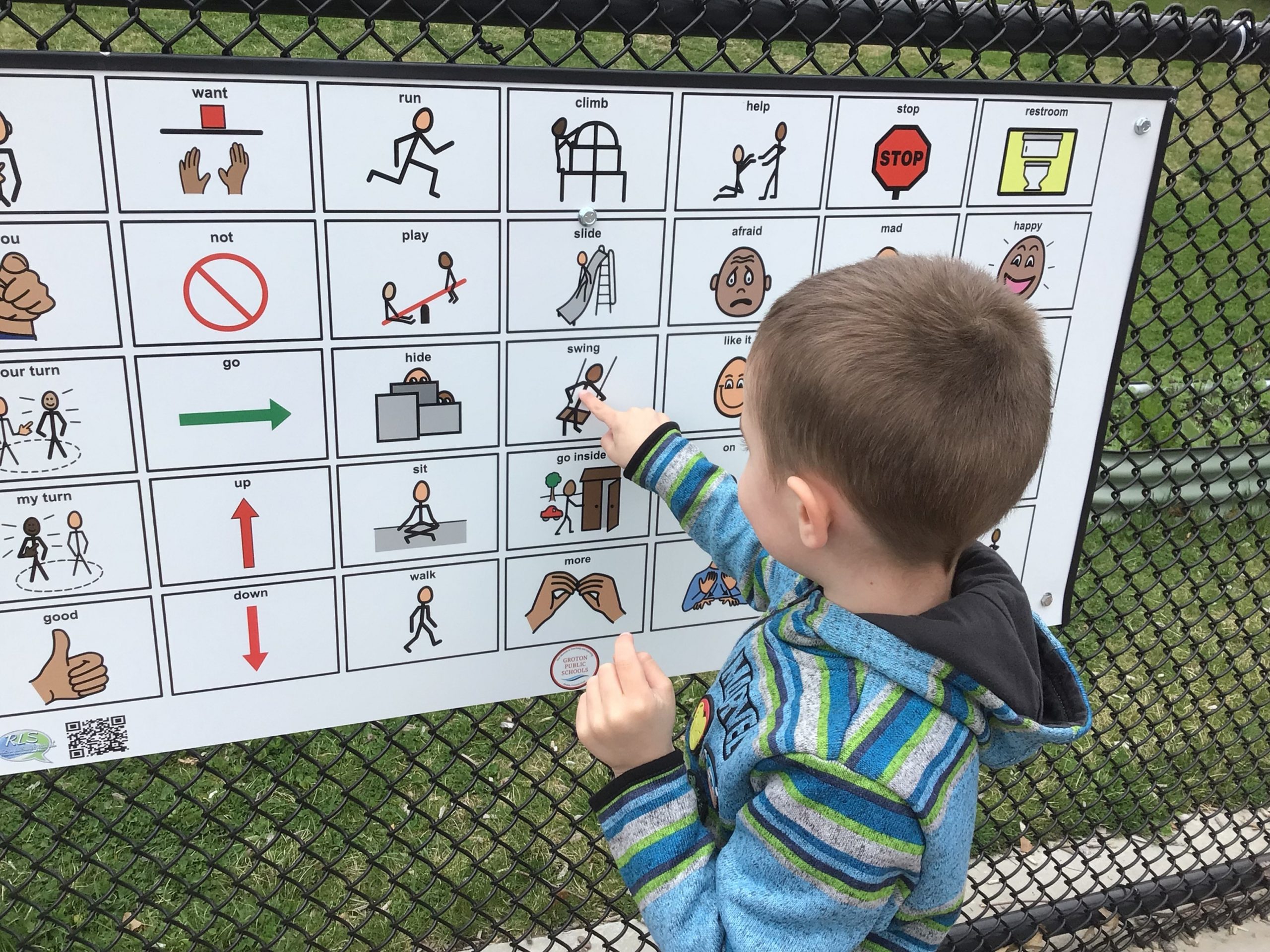
Playgrounds are a hub of activity, joy, and discovery for children. They’re where friendships blossom, imaginations soar, and energy is boundless. But what happens when a child faces an emergency—like getting hurt or feeling lost—and struggles to communicate their needs? This is where playground communication boards become an essential tool for inclusion and safety.
The Role of Playground Communication Boards in Emergencies
Playground communication boards are visual tools designed to help children express themselves using symbols, words, or pictures. For children who have difficulty verbalizing or speak a different language, these boards provide a lifeline in moments of distress. Imagine a child who falls and gets hurt. They may not be able to find the words to say, “I need help,” but a playground communication board allows them to point to a symbol representing pain or assistance.
Similarly, a child who feels lost on the playground can use the board to signal their emotions or locate someone to guide them back to safety. These tools empower children to share their needs, ensuring they’re heard even when words fail.
Why Every Playground Should Have a Communication Board
Emergencies on playgrounds can escalate quickly, especially if a child cannot clearly express their distress. By installing communication boards in playgrounds, communities can bridge the gap between a child’s needs and the adults who can help them.
- Fostering Inclusion: Communication boards ensure that all children, regardless of their communication abilities or language spoke, feel seen and supported.
- Providing Peace of Mind: Parents and caregivers can rest easier knowing their child has a way to ask for help if needed.
- Creating a Safer Space: With communication boards, children and adults alike have an accessible tool to address emergencies effectively.
Designing Boards for Maximum Impact
For communication boards to be effective during emergencies, they need to be intuitive and inclusive. Symbols should represent common playground scenarios, such as needing help, feeling scared, or seeking comfort. Placement matters, too—boards should be prominently displayed where children and caregivers can easily access them.
Consider boards that feature bright colors, clear symbols, and simple language. This design ensures usability for children of all ages and abilities. Additionally, including basic instructions for caregivers can enhance the board’s utility during high-stress moments.
Advocating for Change in Your Community
The inclusion of communication boards in playgrounds doesn’t happen by chance—it’s often the result of dedicated advocacy. Parents, educators, and community leaders can play a vital role in bringing these boards to their local parks. Start by contacting your municipality or parks department to propose the idea. Share the benefits, from enhanced safety to fostering inclusivity, and rally support from other families in your area.
We believe every child deserves a voice, especially in moments of need. By incorporating communication boards into playgrounds, we’re taking a step toward safer, more inclusive spaces for all children.
Conclusion
Playgrounds should be places where children feel free to explore, have fun, and interact with others. But emergencies can happen, and when they do, playground communication boards ensure no child is left without a way to express their needs. Whether it’s signaling for help when they’re hurt or finding their way when they’re lost, these boards are a simple yet powerful tool that can make a world of difference.
Let’s work together to create playgrounds that are truly inclusive and safe for everyone. Interested in learning more about communication boards? Contact us today and join the movement to make every playground a place where all children can thrive.
